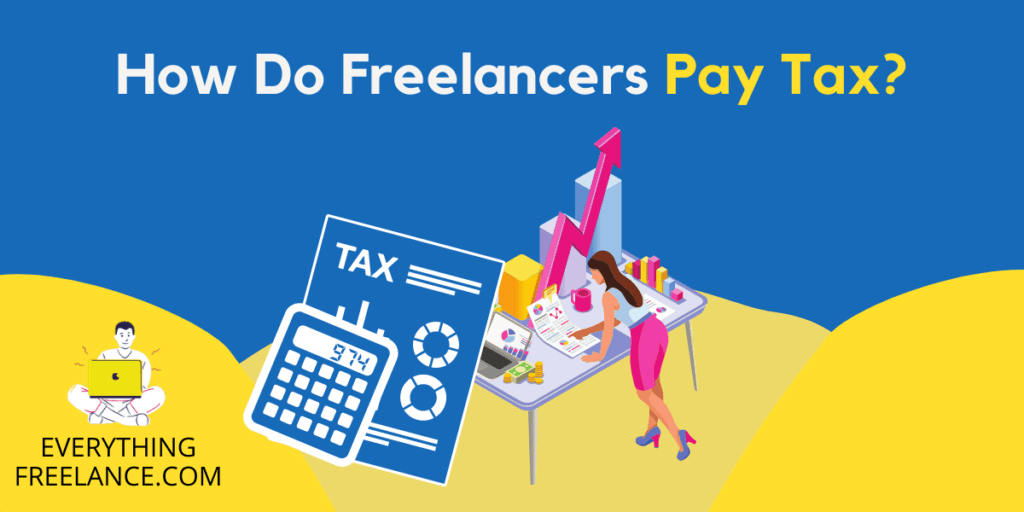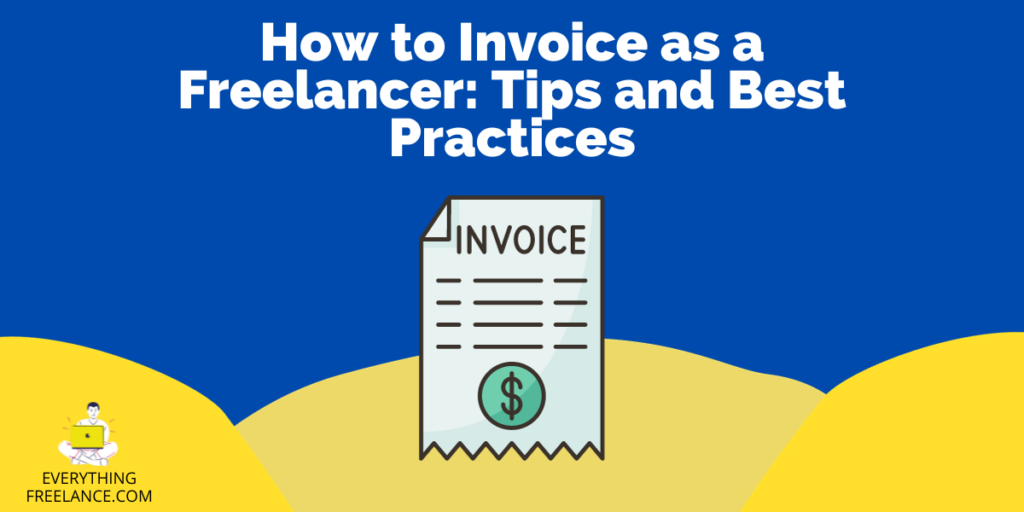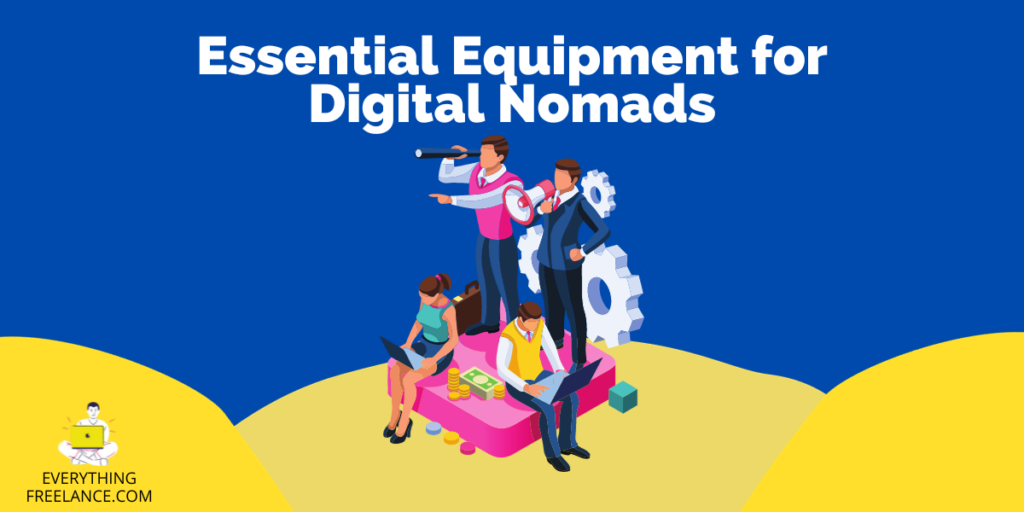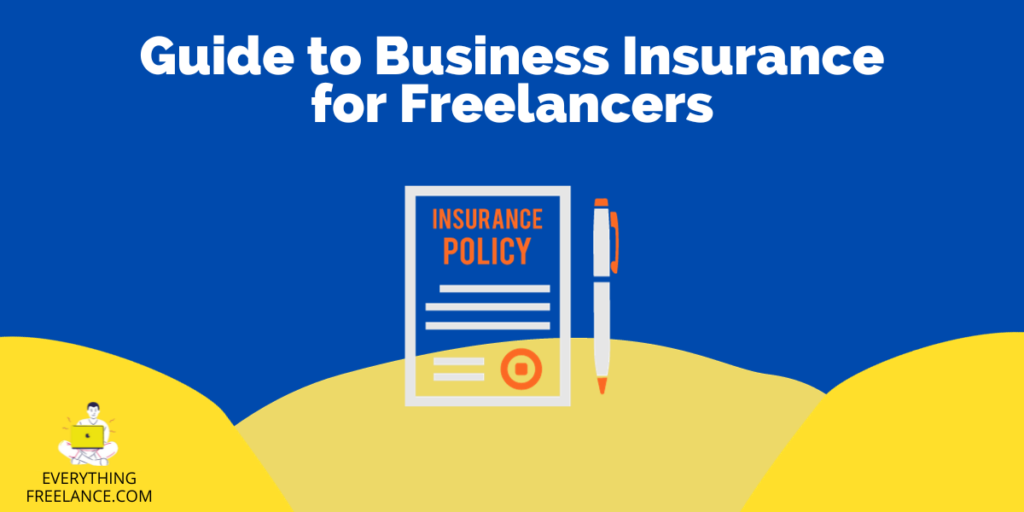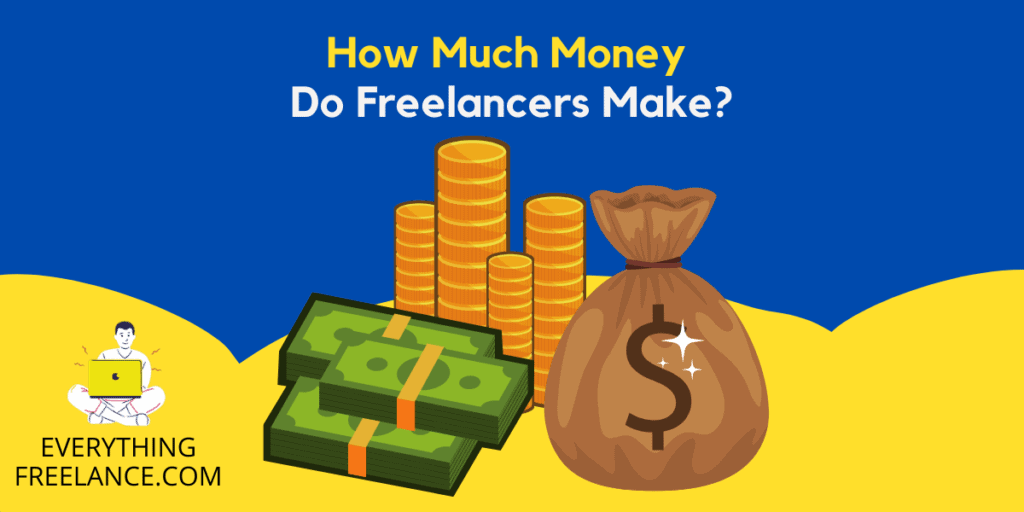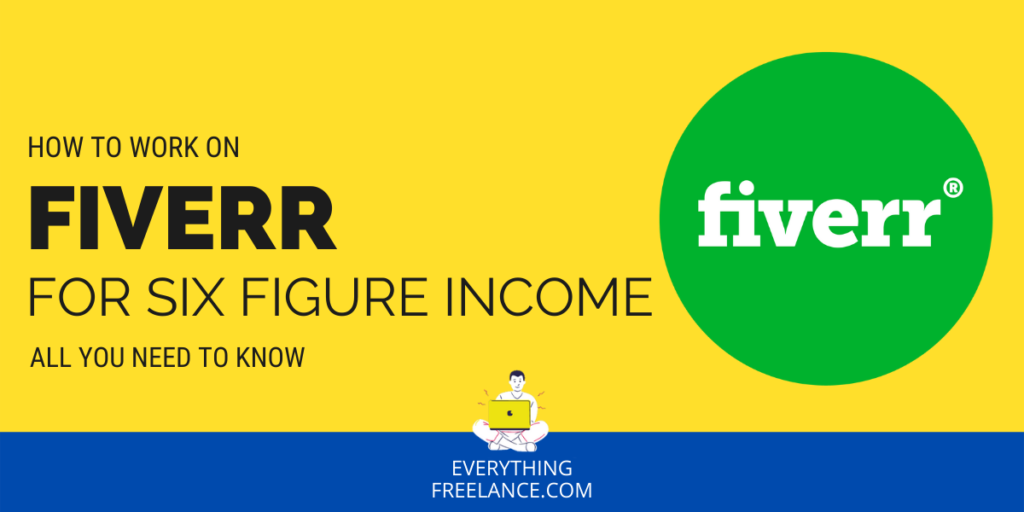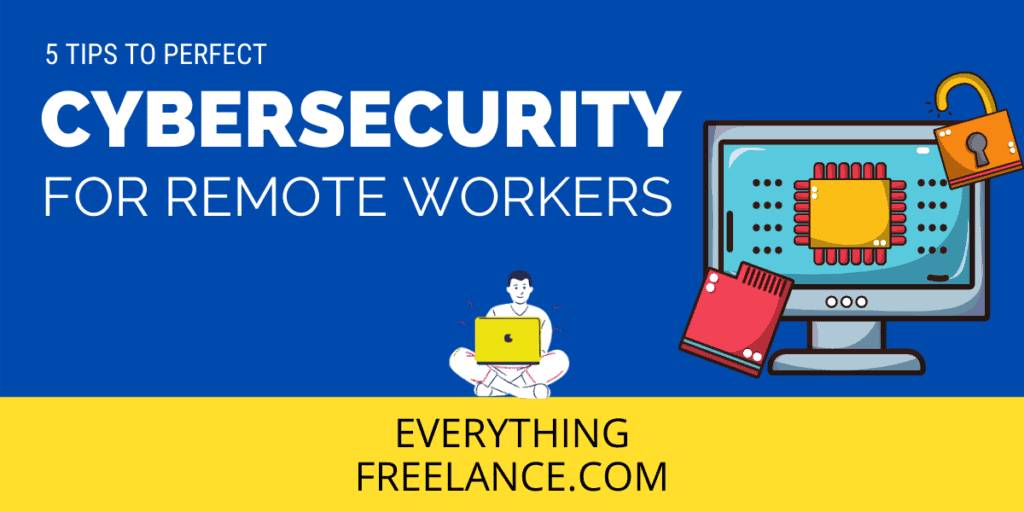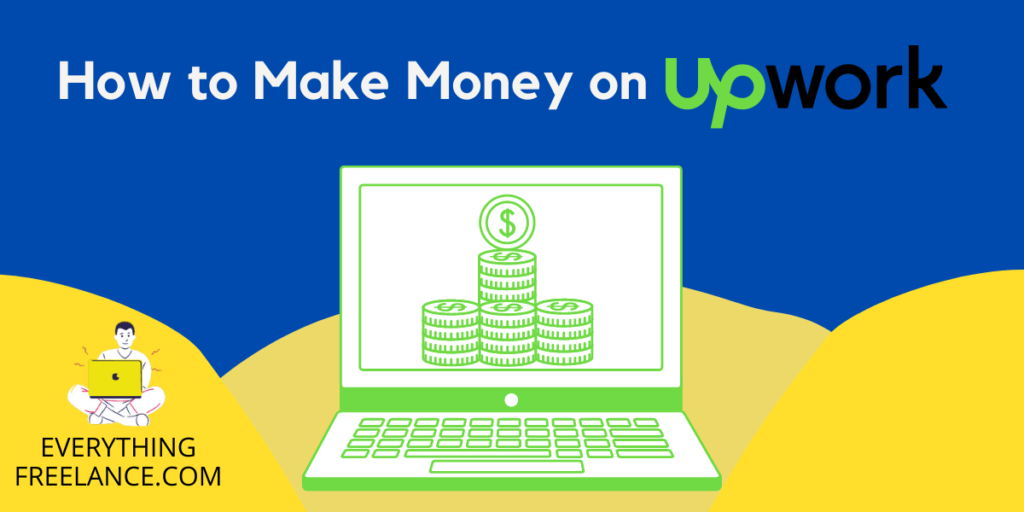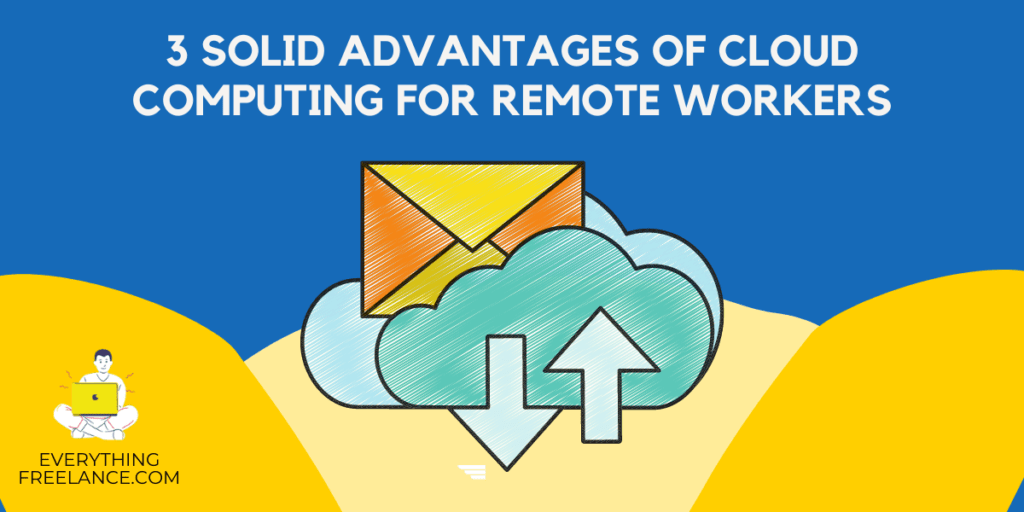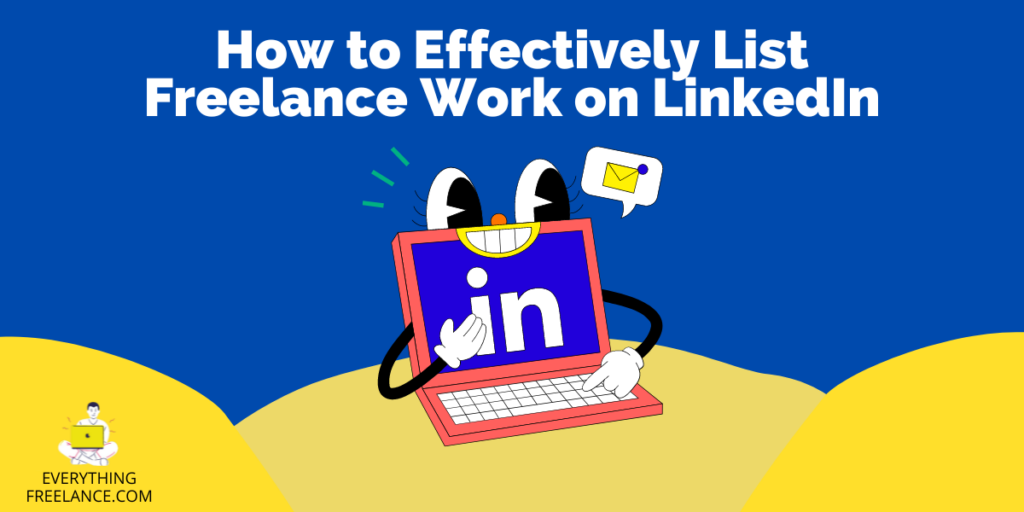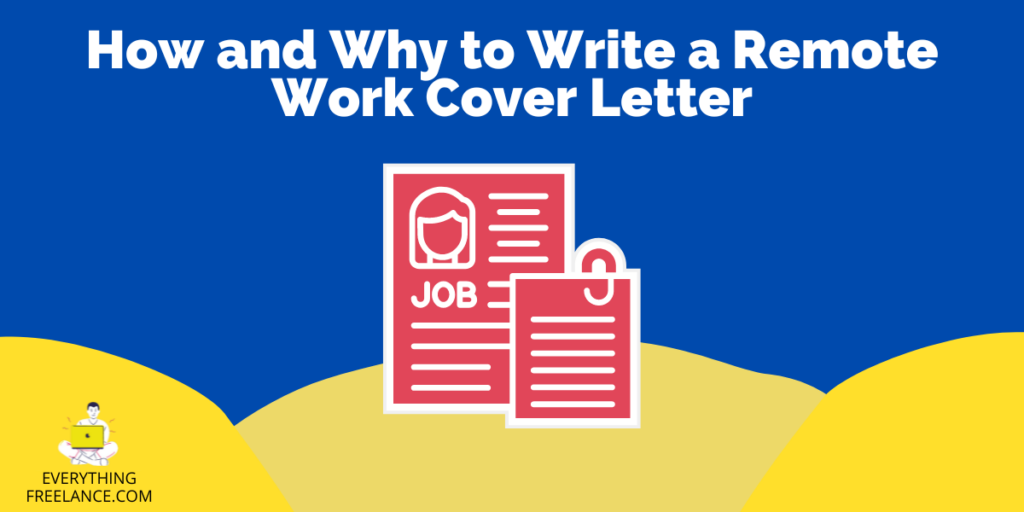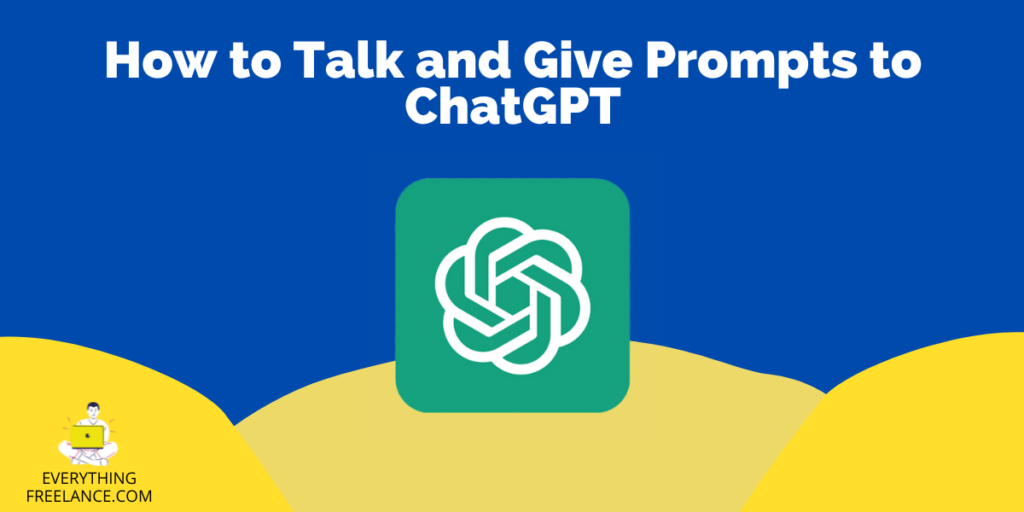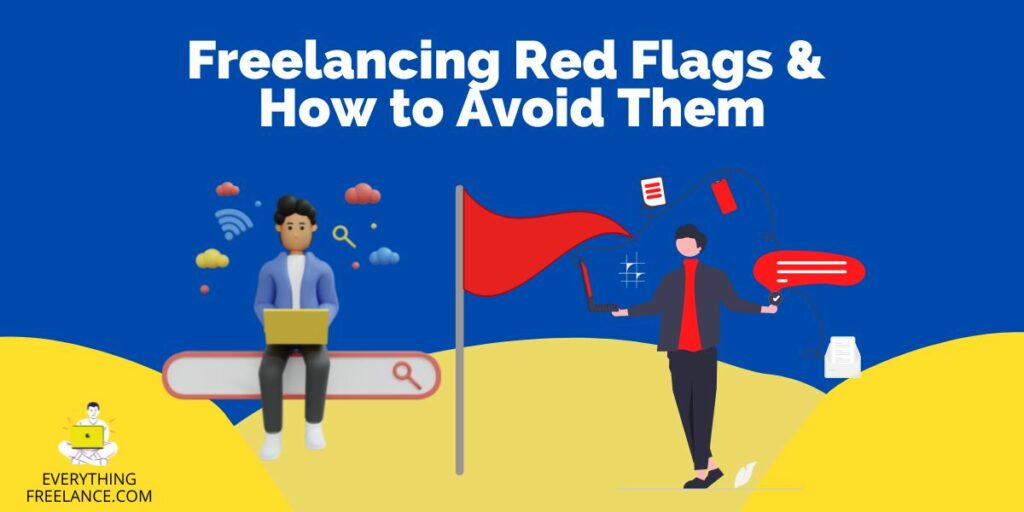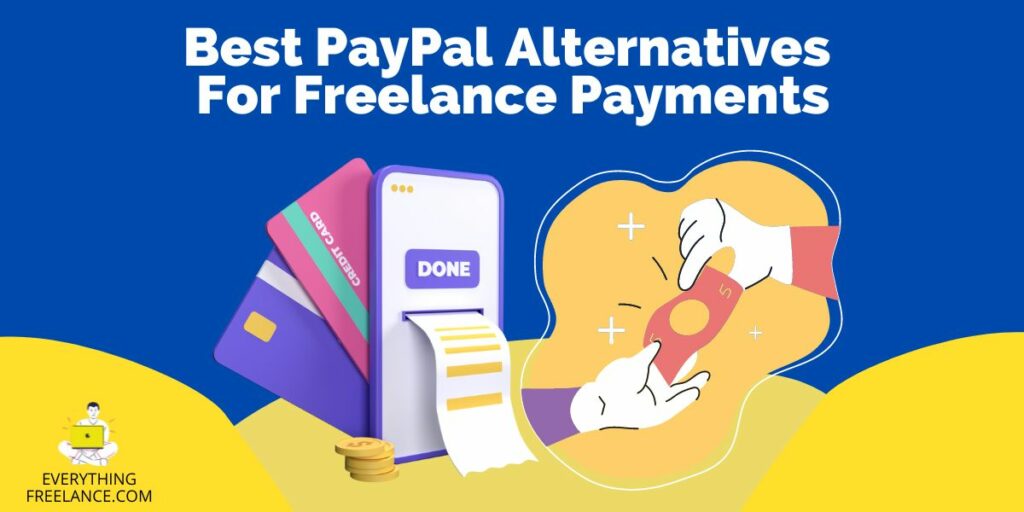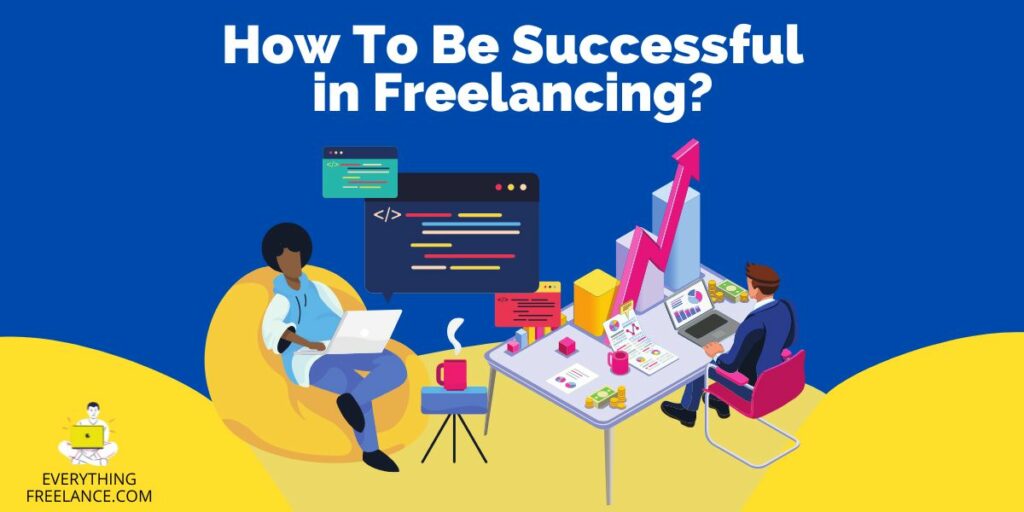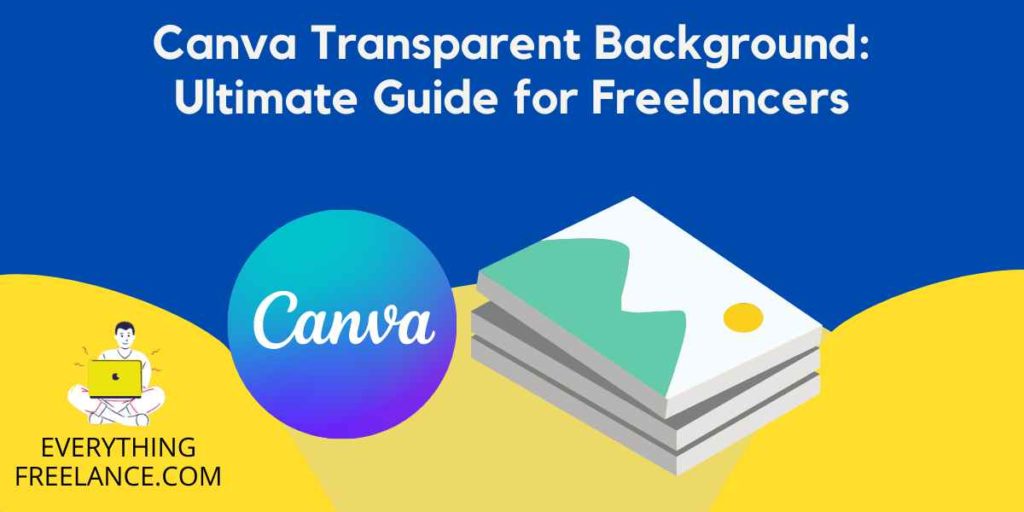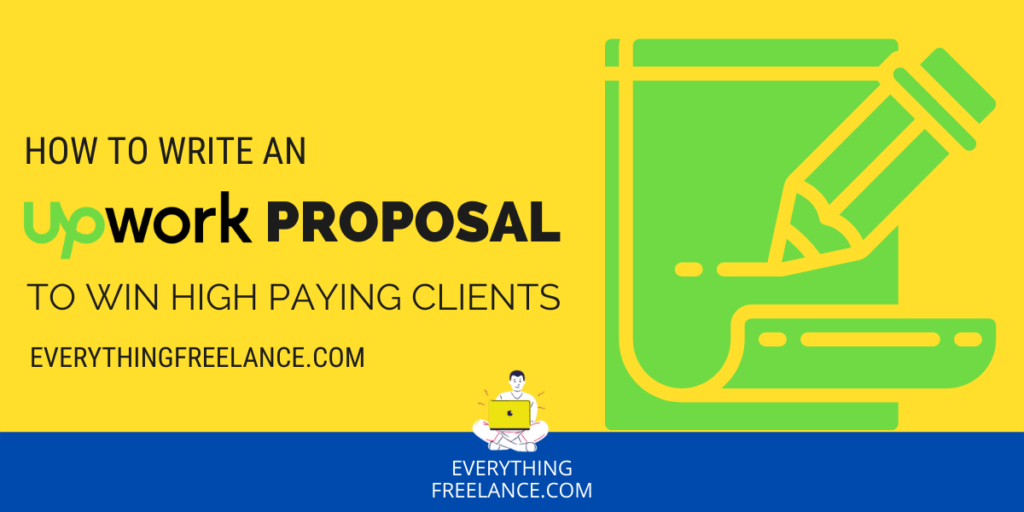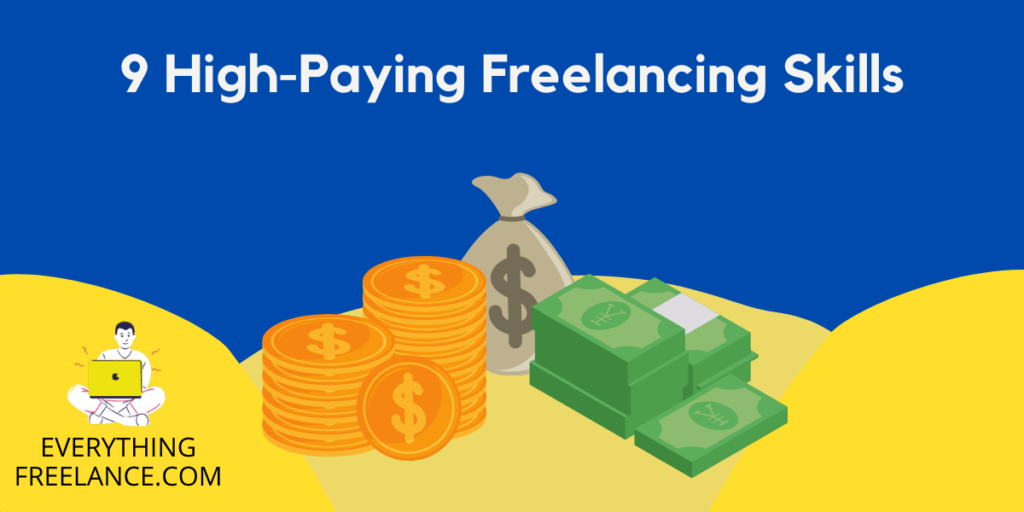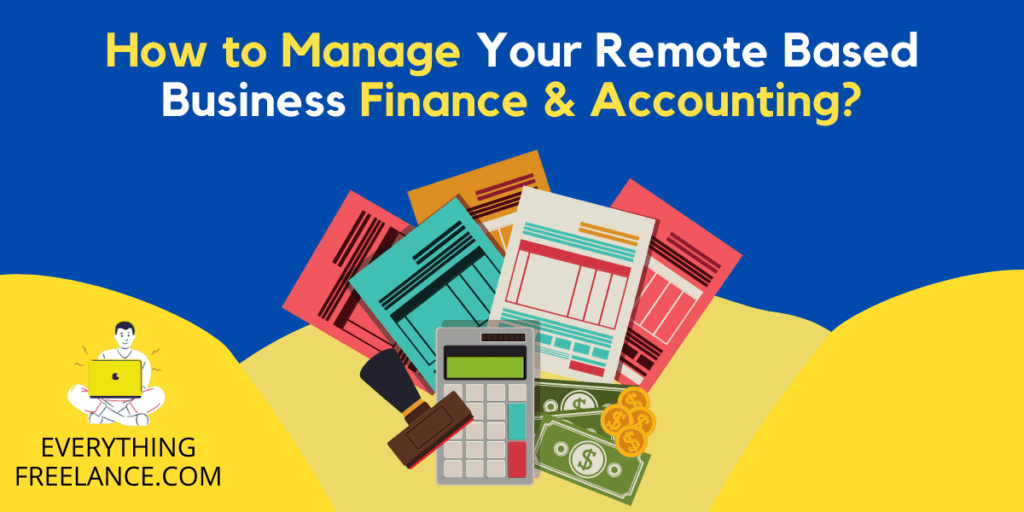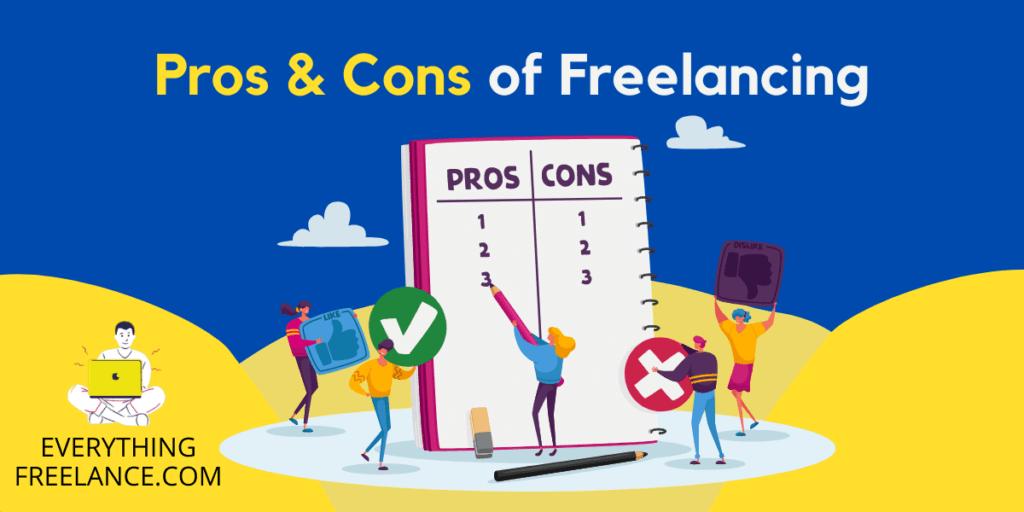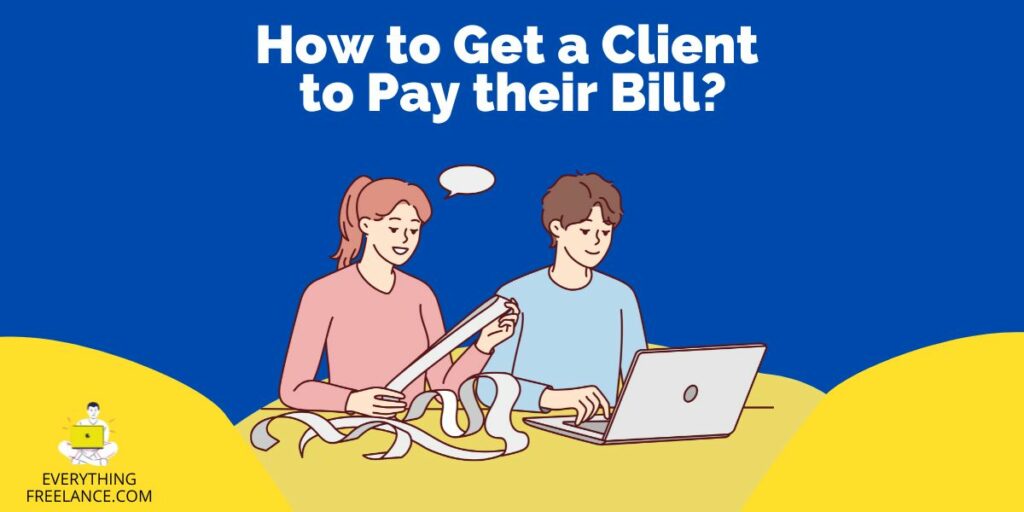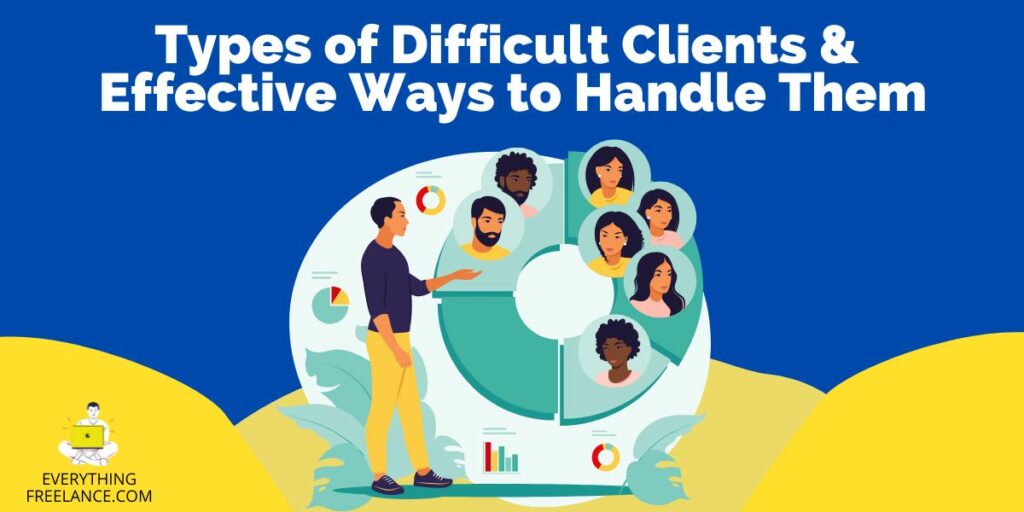Many people are switching to a new model of work. They prefer working as freelancers instead of being on the payroll as a traditional employee.
Freelancing has many advantages. It gives you freedom, and you get to be your own boss, have more control over the working hours, the projects you take on, and how you complete those projects.
But the story is a bit different when it comes to taxes. Being a freelancer, you may wonder what kind of tax rules apply to your income. How do you file? When to file? And do you even have to pay taxes on it at all?
The answer to all these questions depends on how much you earn as a freelancer. If your income is at least $400 through your freelance business, you are bound to pay an additional self-employment tax. So, let’s learn how all these things work.
Freelance Taxes
Being a freelancer, you need to be aware of two main tax charges.
- Regular income tax – whether you are self-employed or working for a company, you pay this in both cases. The percentage you pay depends on your income.
- Self-employment tax – you also must pay 15.3% of self-employment tax, meant to cover your Medicare and social security. As a freelancer, you are your own boss and employer. So, you need to pay taxes that reflect that.
Set aside money for taxes
Freelancers should set aside money from earning from every freelance project. Don’t wait until the end of the year; you might have spent the money that the Internal Revenue Service (IRS) wants.
Generally, freelancers save 25-30% of every check for taxes. If you’re a resident of a country where income tax exists, then your state taxes must be factored in as well.
Many freelancers tend to have separate savings accounts only for taxes. It
When to file your freelance taxes?
Freelancers pay their taxes on the same day in April as everyone else. However, since freelancers don’t work as a regular employee and don’t have an employer to withhold a small chunk of their paycheck for taxes, the IRS gives an option of paying quarterly estimates of what you think you will owe. Whatever amount you expect to owe, the IRS requires you to pay that amount.
Check the below chart to find out the due dates for your quarterly estimated taxes. Remember that you will owe more money at the end of the tax year if your estimates are lower. Similarly, you will get extra money in your tax refund if your estimates were higher.
| Payment Period | Due Date |
| January 1 through March 31 | April 15 |
| April 1 through May 31 | June 15 |
| June 1 through August 31 | September 15 |
| September 1 through December 31 | January 15 of the following year |
Tax forms for freelancers
The main form needed by freelancers is the 1099-MISC form. Being a freelancer, you need to worry about it and whenever a client pays you more than $400 during a tax year, make sure to get this form from that client. All your 1099 forms are significant in terms of filing taxes as a freelancer.
You’ll also need Schedule C and the self-employment schedule of Form 1040, so it’s better to formalize yourself with it. People running their own businesses or sole proprietors need this form.
How to claim your tax deductions
Many freelancers don’t know about tax deductions. That’s why they don’t claim any deductions when they could be saving money by doing so. It is super easy; you need to itemize your business expenses, and by decreasing your taxable income and by doing so, you’ll end up owing less in taxes. Make sure to keep a record of your income and expenses. It’ll work as a reference when it’s time to itemize.
There are plenty of expenses you can deduct, such as housing expenses if you use part of your home for business. Home office deduction applies to all types of homes, and any homeowner or renter can avail of it.
The IRS is very strict about deducting expenses, so it’s better to consult with a tax professional before claiming your tax deductions.
Other expenses you need to remember
Don’t forget about other big expenses when you set aside money for taxes. Other expenses, such as car insurance and health insurance, can take you by surprise. As I mentioned above, it is always better to keep your tax money in a saving account but similarly never neglect your emergency fund.
There is no such thing as paid time off in freelancing. You can stay out of debt by maintaining your emergency fund. It will enable you to cover all other expenses.
Side Gig Taxes
If you work a side job in addition to your primary job to increase your income, you can’t count on your jobs W2 withholdings to cover your taxes. Still, you need to set aside money from your side job checks to cover your taxes.
Consult with professionals
It is good to do research and keep yourself updated, but as a freelancer, you might not have enough time to manage all these things, so it is better to use a reputable CPA and follow their advice. You may not be aware of certain deductions and rules which can lead you to a disastrous situation. Accountants, on the other hand, can save you time and money.
Conclusion
Freelancing has its benefits, but complications exist when it comes to taxation. The IRS considers freelancers as self-employed, which means you are bound to pay your taxes. Although you can avail of additional deductions if you’re self-employed, you’ll also need to pay additional taxes called a self-employment tax.
Always maintain a record of all the checks you received from your client, especially those who paid you more than $400. Saving an account can do wonders, so create one today. If you’re dealing with foreign clients, you should consult a tax professional to fill specialized tax forms.


